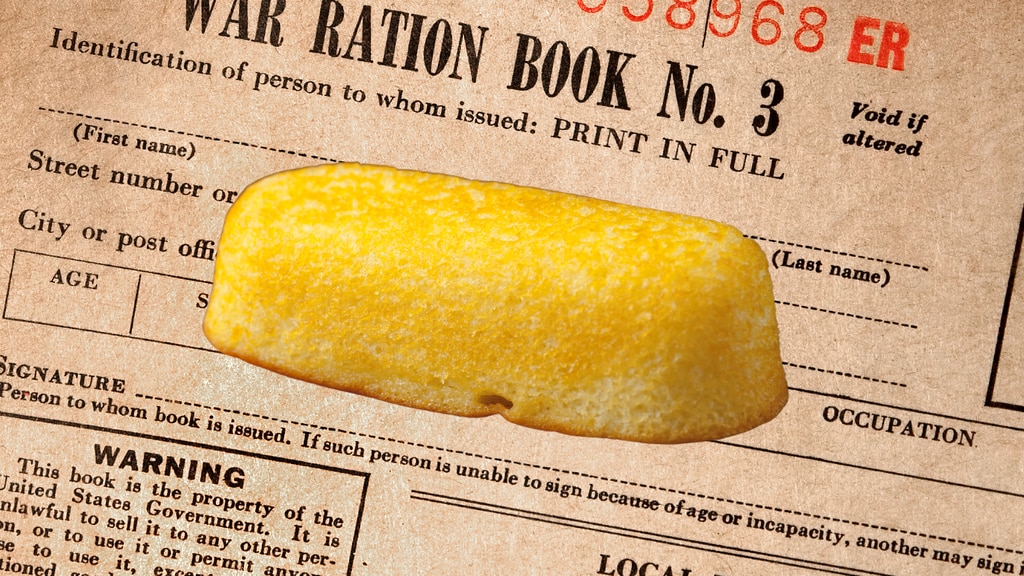Is there anything sweeter — literally or figuratively — than biting into the plastic-wrapped chemical compound of luxuriously spongey cake with vanilla cream that is a Twinkie?
Perhaps not. But the original Hostess delicacy was once something else entirely. The preservative-filled dessert that many once believed could withstand nuclear war got its start as a banana cream shortcake, until World War II changed everything.
In 1930, a baker named James Dewar began experimenting while serving as manager of Continental Baking Company’s Chicago area plant in River Forest, according to the Chicago Tribune. He wanted to prove that shortbread could serve a purpose outside strawberry shortcake.
“The economy was getting tight, and the company needed to come out with another low-priced item,” he told the paper. “We were already selling these little finger cakes during the strawberry season for shortcake, but the pans we baked them in sat idle except for that six-week season.”
While in St. Louis on a work trip, Dewar saw a billboard for “Twinkle Toe Shoes,” and thus found the name for his compact confections.
But they weren’t stuffed with a chemical vanilla-cream center. Dewar’s desserts were made with real bananas and cream — no preservatives or artificial flavors.
Bombing during World War II made the shipping of bananas and oranges across oceans particularly treacherous. As a result, Dewar was forced to alter his recipe from banana to the much more accessible vanilla.
As time went on, the commercialization of packaged desserts proliferated, and Twinkies became a lot more popular but much less… homemade. And even though bananas became widely available again after the war, Dewar’s delicacies didn’t deviate from the vanilla cream flavor that has become so well-loved by the zeitgeist.
In 2007, Hostess briefly reintroduced the banana Twinkie, but the novel treats had a short run — one that certainly didn‘t stand the test of time… or a nuclear holocaust.
Originally published on Military Times, our sister publication.





